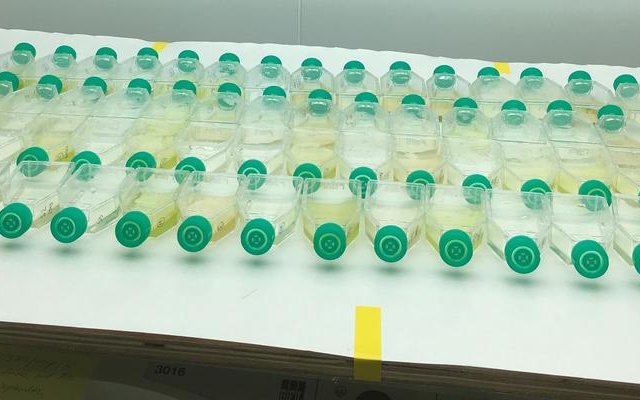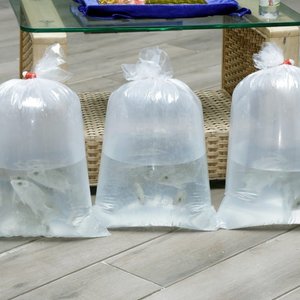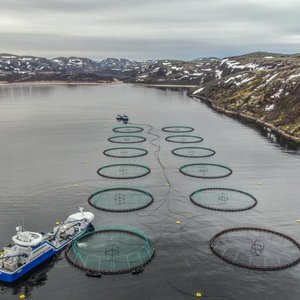Researchers at the University of Gothenburg and RISE studied around 160 species of microalgae from different places along the Swedish west coast to refine an energy-efficient microalgae cultivation method for the Nordic climate. The principles behind the cultivation process were previously developed by RISE for freshwater algae, but the researchers in this project have now used marine species from seawater.
Researchers searched for microalgae that could extend the Nordic growing season, thus allowing an increase in the production of energy-rich algae biomass. “We found a couple of suitable microalgae that live along the west coast, the diatom Skeletonema marinoi and the green algae Nannochloropsis granulata,” said Cornelia Spetea Wiklund, project leader and professor of Plant Cell Physiology at the University of Gothenburg.
In their experiments, the calendar year was divided into three growing seasons: winter, spring and summer. Simulations with both algae species were conducted at different temperatures and light intensities in laboratory bioreactors using seawater. “Skeletonema marinoi thrives and blooms more during the winter. Nannochloropsis granulata blooms more during the summer. Both grow equally well during the spring. Both are very effective in taking up nitrogen and phosphorus from seawater and converting nutrients into valuable biomass,” said Wiklund.
“Since fish farms need feed sources and the fish and shellfish industries need to clean their process water, our blue solutions with microalgae are suitable, for example, in marine aquaculture. Our microalgae could live on what is left in the process water while cleaning the water so that it can be recycled back into the production process.”
This makes it a closed and sustainable system. The only thing needed beyond this is energy from the sun and carbon dioxide from the air. Researchers have shown that biomass production using rotation cultivation with species adapted for different seasonal climates can be done even during colder periods. The greatest interest is currently for cleaning seawater using microalgae for fish farms and the seafood industry.













